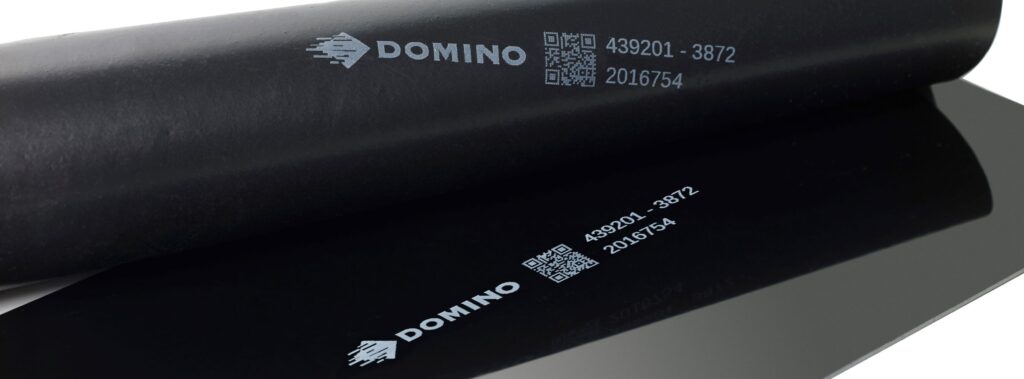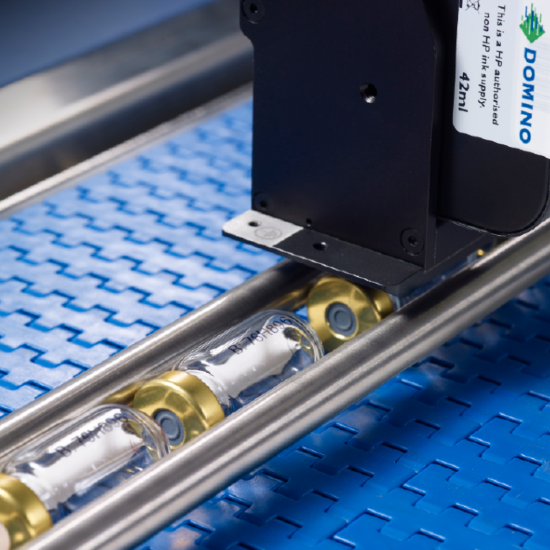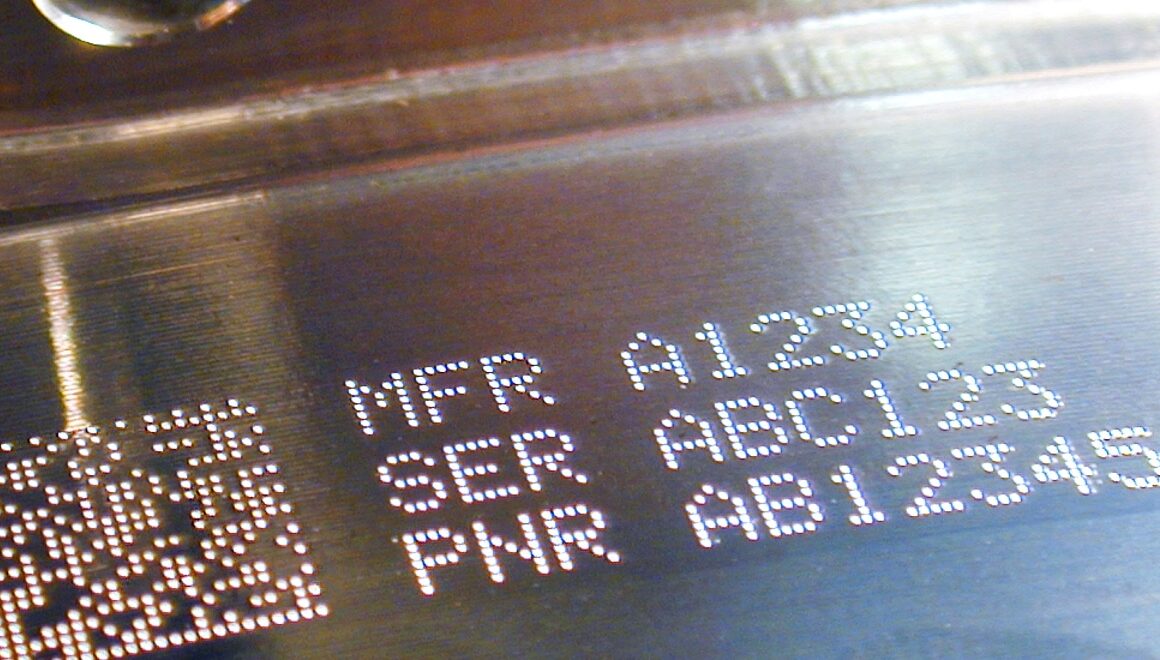Perfect Printing on Parts
The need for marking parts is found across many industries including automotive parts, construction materials, electronic components, and extrusion applications.
Parts are directly marked in the production process for various reasons, for example differentiating and identifying similar-looking parts, supporting the assembly, indicating a quality check or other process has been successfully passed, or enabling to trace the part back to the production line.
What Is Direct Part Marking?
Direct part marking is exactly what it sounds like: a method for placing an identifying marker directly onto a part or item, for example by printing or laser-engraving a symbol or part number into the surface of the item.
A direct part mark contains text and/or a barcode that represents information about the part or item it identifies. The mark can be produced in several different ways, either during the manufacturing process or applied later by an end user, including laser etching and inkjet. The type of mark needed depends on factors such as the item’s size, shape, function and environment. DPM can be used on most materials, including plastic, metal, rubber and glass.
DPM is a great option for tracking parts or assets in challenging or industrial environments where stick-on attachable labels are likely to fall off, wear out, be lost or damaged. Direct part marks, however, are embedded and, for all intents and purposes, permanent.
Because of the capacity of 2D barcodes like Data Matrix to encode a significant amount of data in extremely small (down to even 3mm square) spaces, direct part marking is particularly useful for identifying parts that are too small to hold an RFID tag or label. In fact, one of the biggest benefits of DPM is that you can place a permanent, encoded mark onto just about anything.

How Do I Mark My Products?
Most parts are made of metals and plastics and many of them are black or coloured, so a coding technology that can achieve a good contrast and a clear, sharp, lasting code on a dark surface is required.
Traditionally continuous inkjet (CIJ) printers and laser scribing technology has been used for this type of application. Both can achieve a well contrasting code on these materials. CIJ printers offer a flexible solution when the distance from the printer to the component changes. If codes need to be permanent, or small machine-readable codes in higher resolution are required, lasers are generally used.
With the recent developments in technology and inks, thermal Inkjet (TIJ) printers are a great solution for DPM too. Domino’s Gx-Series TIJ printers provide great code quality and clarity, excellent ease of use. The cartridges are plug and play, giving the flexibility to quickly switch from one ink to another dependent on the production. This flexibility is unique to TIJ and is key for production facilities which manufacture a range of products on the same production line.

What Are Some Common Challenges?
Colour: To achieve a sufficient contrast on the coloured, dark materials a red, blue, white or yellow ink is often needed. Domino’s wide range of coloured TIJ inks ensure high contrast codes on any colour substrate.
Size: codes need to be small to fit on small components. To print a very small, yet legible code the printer needs to be able to print in a high resolution. TIJ is great at providing high resolution coding including machine readable codes (e.g. data matrix and QR codes), logos and text.
Adhesion: frequently used materials range from plastic, fabric, glass and metal. To not slow down the production process the print needs to adhere well to the material, dry fast and not rub off easily. Our TIJ inks have great adhesion onto this range of substrates, including polyamides, ABS, PET and aluminium among others.

If you are looking for more advice on DPM (direct part marking), please do get in touch. Make consistent, accurate product coding a hassle-free component of your production line with a coding solution from printDATA.







